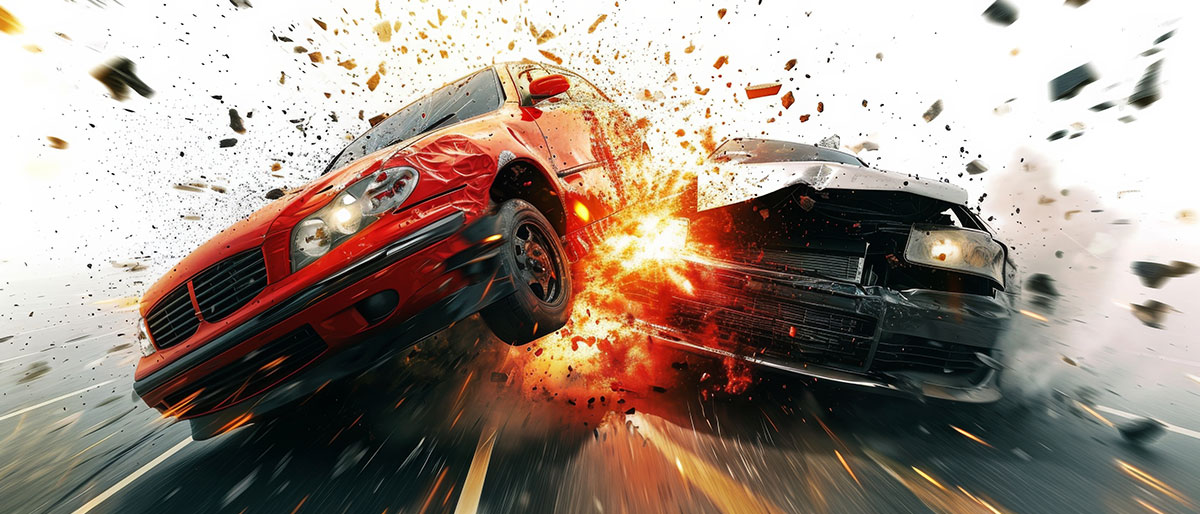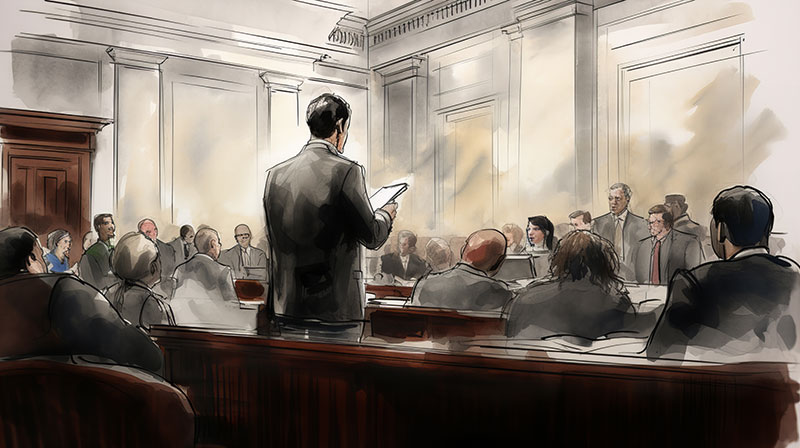Legal Animation
During the earlier period, animators used to sketch on illuminated tables to view their prior animations. However, with the declining popularity of traditional methods, contemporary animators typically employ tablet devices for drawing purposes. Disney has not employed traditional hand coloring techniques since the release of The Little Mermaid in 1989.
Centuries prior to the inception of contemporary animation, individuals across the globe were enthralled by the enchantment of animated figures. Throughout history, skilled artisans and creators have breathed life into marionettes, mechanical creatures, silhouettes, and astonishing illuminated devices, evoking the sense of wonder through tangible manipulations.
In the realm of animation, there has long been a strong connection to comic books. While it is common for numerous comic book characters to transition onto the screen, particularly in Japan where many manga series are adapted into anime, there is also frequent integration of original animated characters within comic books and magazines. In a somewhat comparable manner, video games (which are an interactive form of animation that has developed into its separate medium) have drawn inspiration from movies in terms of characters and storylines, and the reverse is also true.



